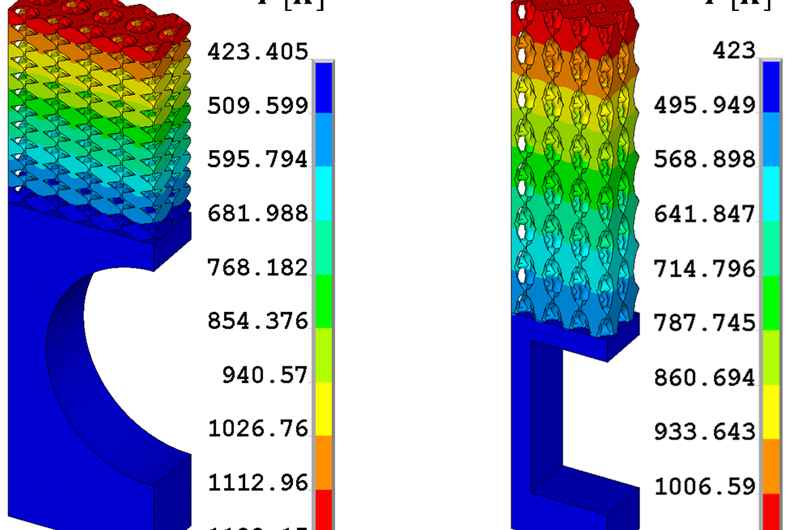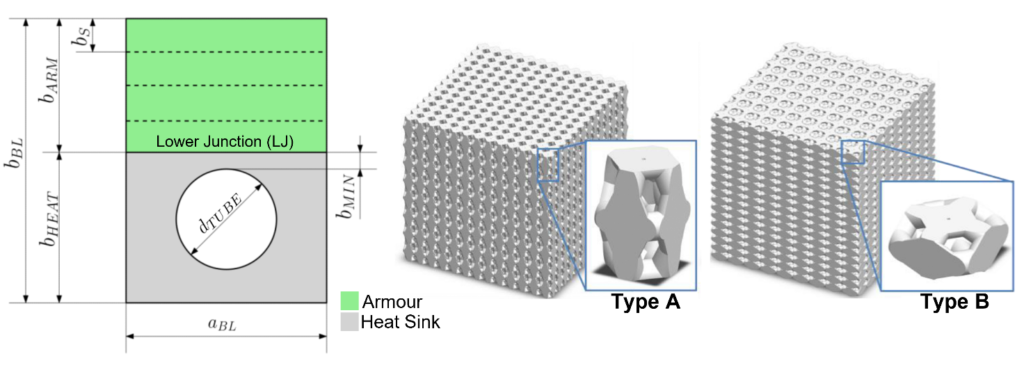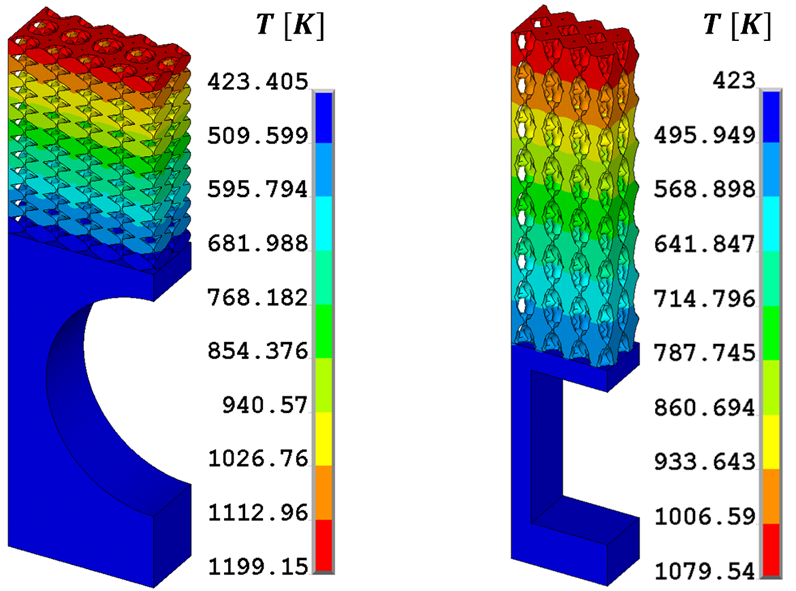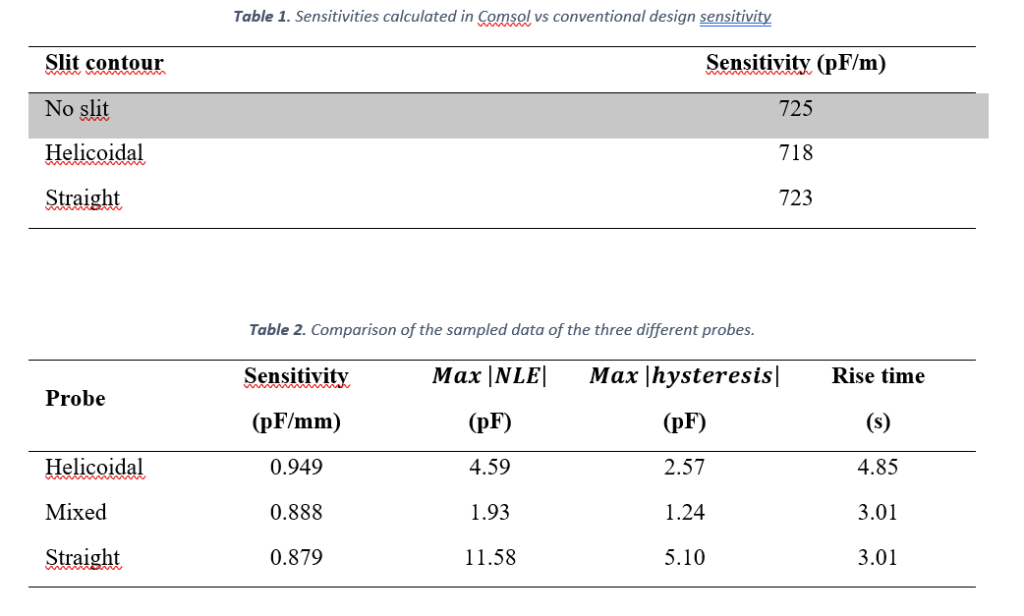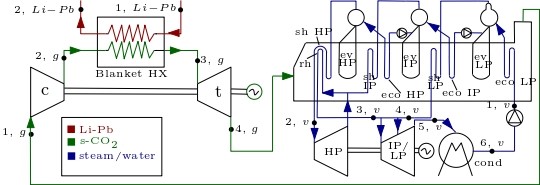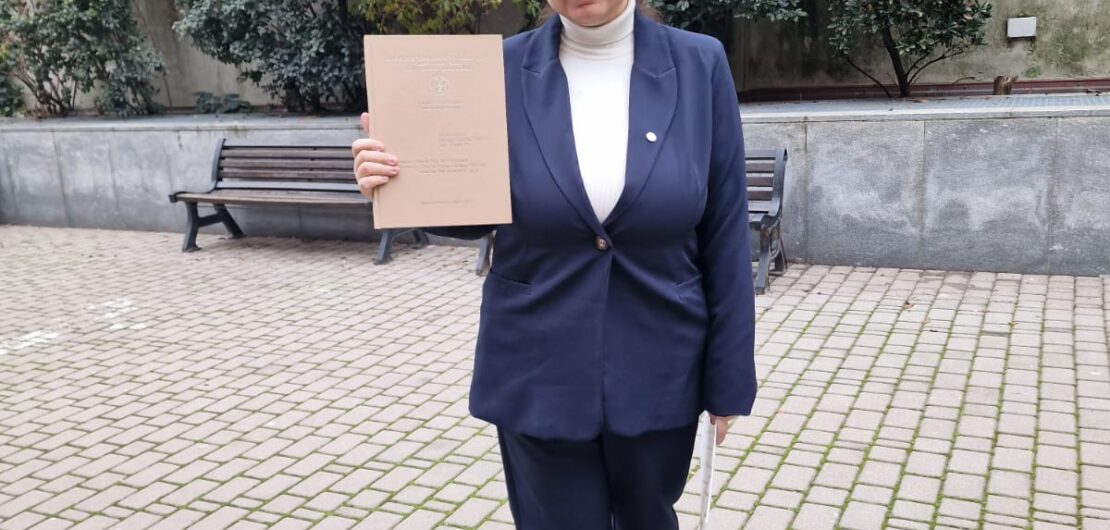 News
News
SPECKLE PATTERN ACQUISITION AND STATISTICAL PROCESSING FOR ANALYSIS OF…
Speckle pattern (SP) is the granular visual pattern that generates when highly coherent optical radiation is shined towards an object with a non-uniform structure (i.e., characterized by irregularities with dimension of the same order of magnitude of the wavelength). If captured by an imaging system, SP images appear as a disorder and chaotic sequence of bright spots and dark regions. However, their statistical properties are highly correlated with the structure of the object that acts as SP source. Traditionally, SP-based techniques have been mainly employed to measure the roughness of surfaces and to study thermal and mechanical properties of solid specimen. However, also fluid suspensions (such as animal and plant-based milks) do generate SP, since they are constituted by scattering elements that float in a surrounding liquid matrix. SP generated by a turbid liquid is particularly challenging to be analysed since suspended particles are subject to Brownian motion and the produced pattern is time-variant. Also, for this reason only very recently, few works (yet very preliminary) are appearing in the scientific literature on the use of SP imaging to investigate turbid liquids.
In this work, the LabEO team has developed a simple low-cost configuration based on a semiconductor laser and a PC-interfaced CMOS camera to acquire SP images generated by irradiating scattering fluids. Whereas, in general in other works, demonstration of the analytical technique has been carried out only on phantom suspensions prepared ad-hoc in the laboratory, samples tested in this work were obtained by water dilution of commercial rice milk that naturally contains lipid micelles acting as scattering particles. After acquisition, SP frames were elaborated to extract statistical parameters that can be correlated with the particulate content. Preliminary results show that the proposed technique allows to easily identify samples with different vegetable milk concentration.
In more detail, the setup investigated at LabEO is low-cost and very simple to be operated: it comprises a semiconductor red laser diode (for SP excitation) and a monochrome CMOS camera (for acquisition of SP images). Light is emitted at the wavelength of 658 nm, with optical power of about 20 mW. The radiation is shined onto a plastic cuvette containing the sample at an angle of about 30° and the camera is placed in front of the sample, at a distance of about 16 cm, making the setup quite compact and suitable to realize a portable sensing system.
Experimental measurements were carried out on nine different suspensions obtained by dilution, with deionized water, of commercial rice milk containing 11 g/L of lipids and 130 g/L of carbohydrates. For every sample tested, 100 SP frames were acquired with the CMOS camera and then processed in MATLAB environment to extract statistical features. For each SP image, expressed as a gray-level matrix of pixels, the average gray-level intensity, the mode and the median were retrieved. It was found that the relationship of these three parameters versus concentration follows a linear behaviour for rice milk concentrations lower than 80% v/v, whereas it tends to saturate for higher concentrations. Such non-linear behaviour can be explained by considering the two counteracting effects. Indeed, when water is added to milk, the concentration of scattering elements decreases, inducing a decrease of the recorded average intensity. On the other hand, by adding water, the refractive index difference between the lipid vesicles (that is around 1.42–1.45 RIU) and the surrounding matrix increases, which would lead to a higher collected intensity. Hence, it was observed that the average gray-level intensity, the mode and the median can be efficiently used for sample distinction only for highly diluted milks.
To extract further information from SP images, the histograms of the gray level distribution were computed and the kurtosis and skewness were retrieved. It was observed that the shape and the characteristics of the histograms depends on the rice milk concentration: in particular, the values of skewness and kurtosis are monotonically increase functions of rice milk concentration. Hence, these two parameters can be used for identifying milk dilutions without ambiguity even when the quantity of added water is smaller than 20% v/v.
In conclusion, this work presents a cost-effective easy-to-use optical setup for identification of turbid samples by means of SP imaging. The presented results are very promising and suggest the possibility of extracting interesting statistical parameters from SP images. Among future perspectives, there is surely the need for investigating more complex statistics (such as gray level co-occurrence matrices and geometrical properties of SP grains) and the interest in applying artificial intelligence tools for the automatic recognition of samples. Since the proposed detection technique is contactless, remote, and label-free, a very interesting application will be the recognition of different types of milk and the identification of their adulteration.
More information on the researches carried out at the Laboratory of ElectroOptics can be found here
References
[1] V. Bello, E. Bodo and S. Merlo, “Speckle Pattern Acquisition and Statistical Processing for Analysis of Turbid Liquids”, IEEE Transactions on Instrumentation and Measurement, Vol. 72, pp. 1-4, 2023, Art no. 7005004. DOI: 10.1109/TIM.2023.3289543[2] W. Goodman, “Statistical properties of laser speckle patterns,” in Laser Speckle and Related Phenomena. Berlin, Germany: Springer, 1975, pp. 9–75[2] B. M. Oliver, “Sparkling spots and random diffraction,” Proceedings of IEEE, Vol. 51, no. 1, pp. 220–221, 1963
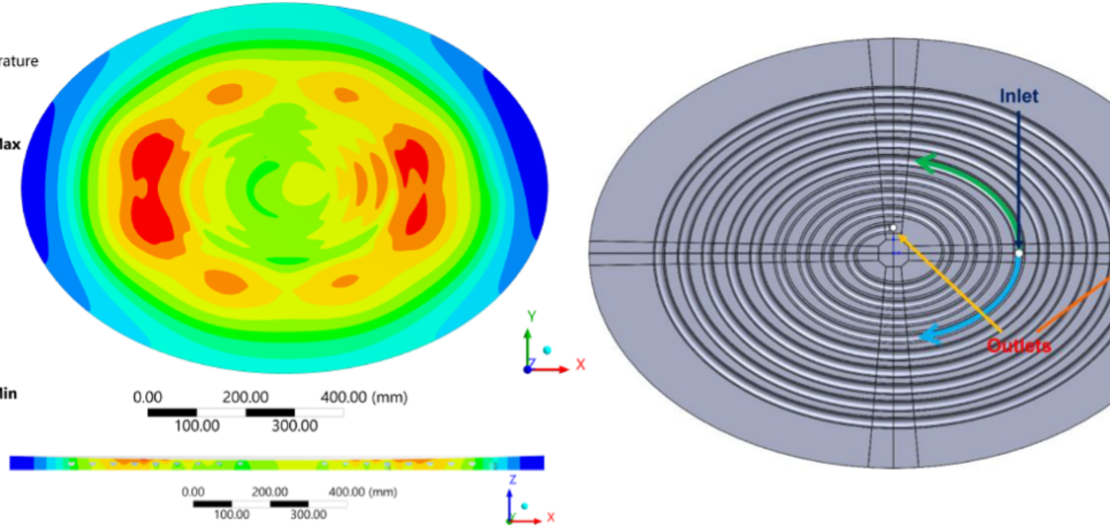
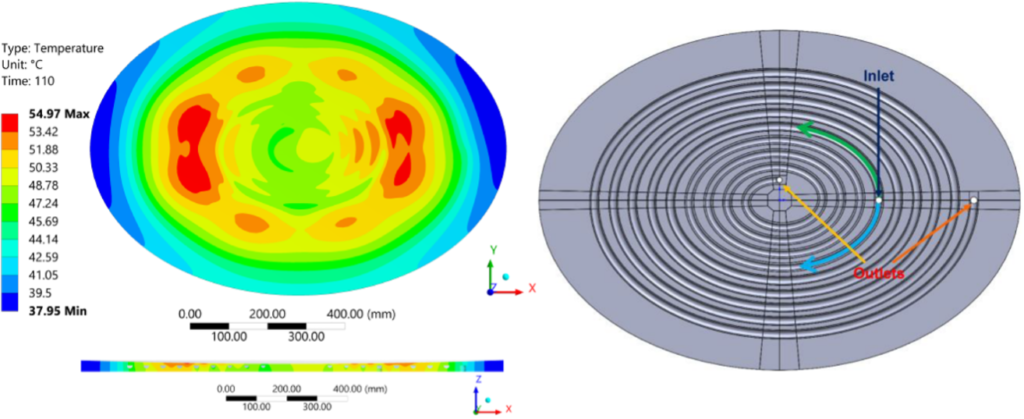
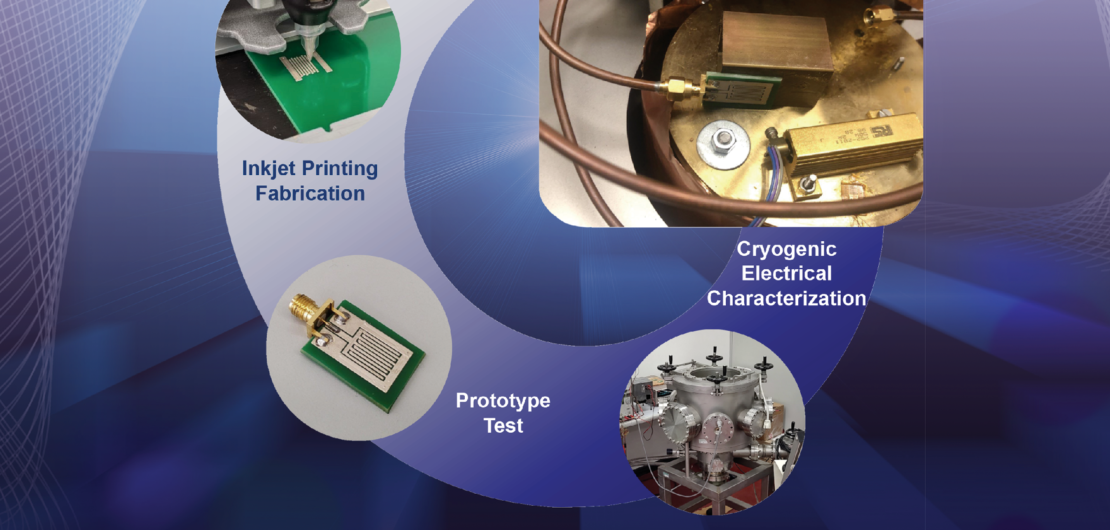
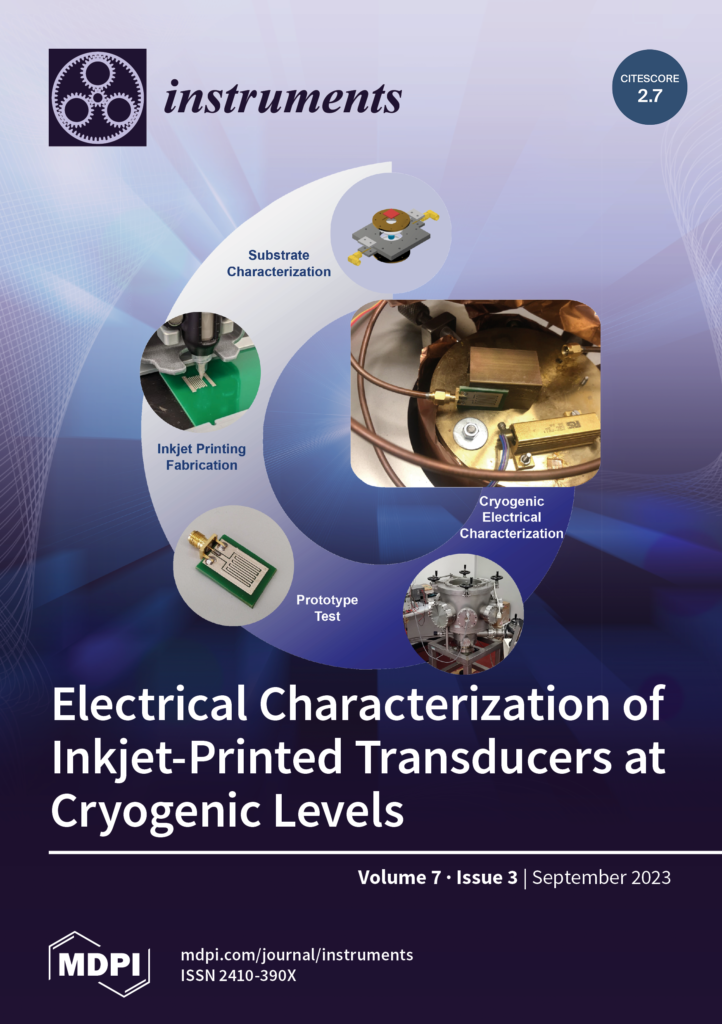


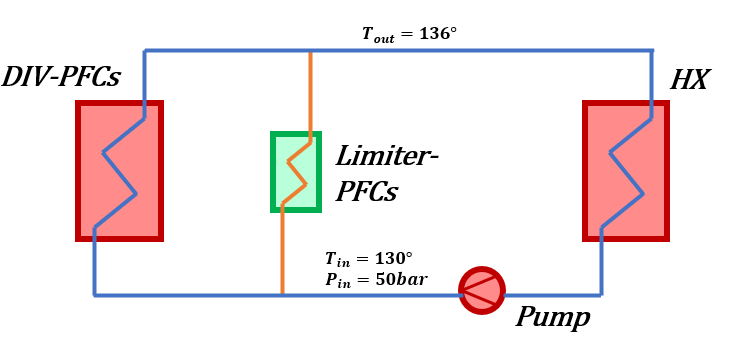
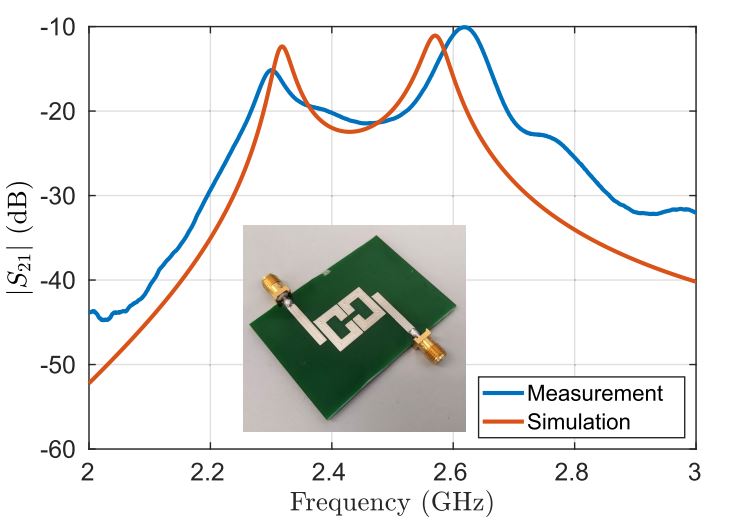
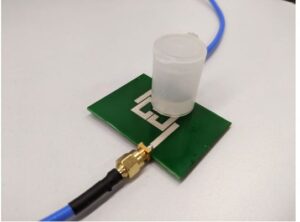 Photograph of the LDPE sample vial containing the water–ethanol mixture placed over the microwave sensor.
Photograph of the LDPE sample vial containing the water–ethanol mixture placed over the microwave sensor. 